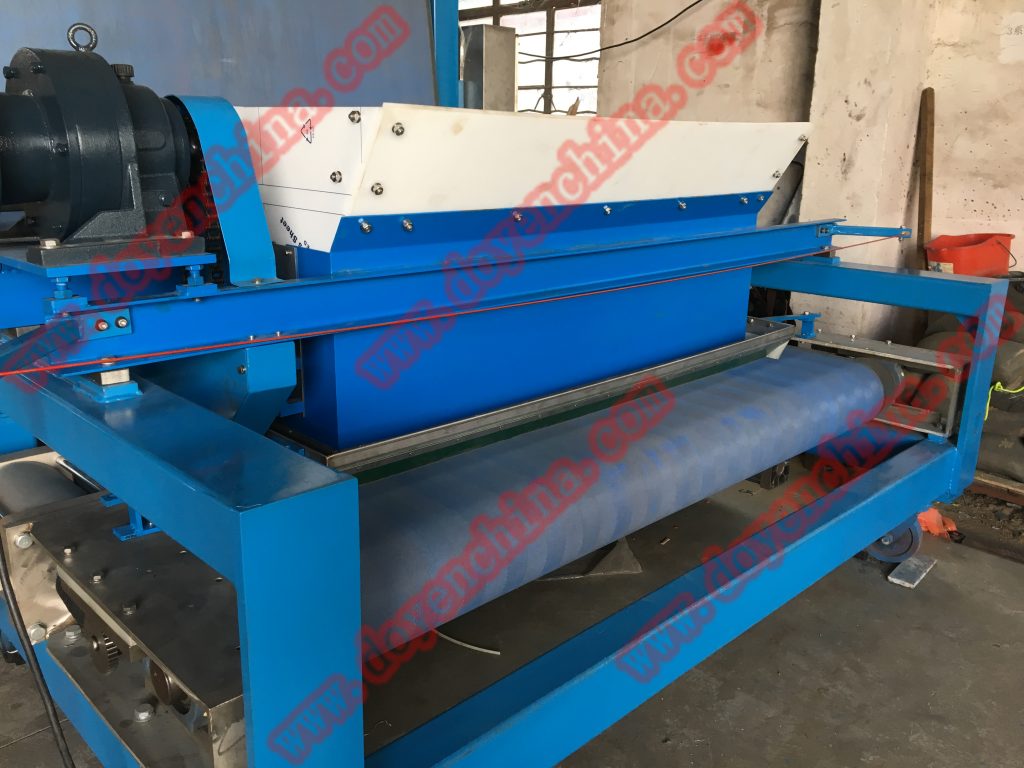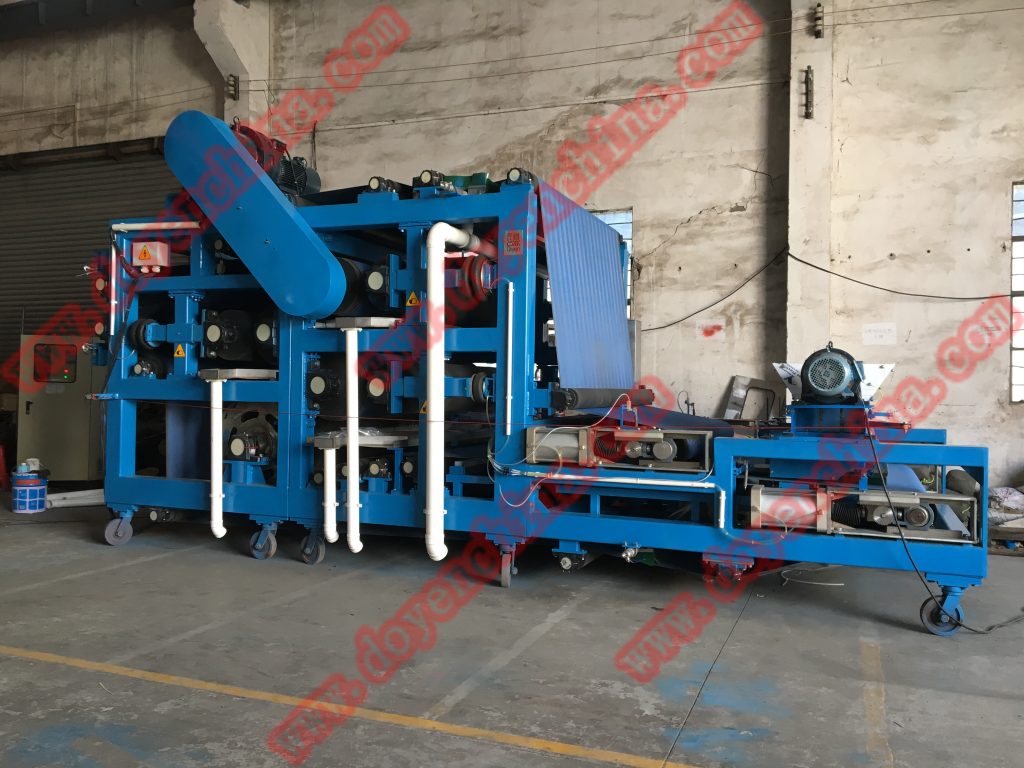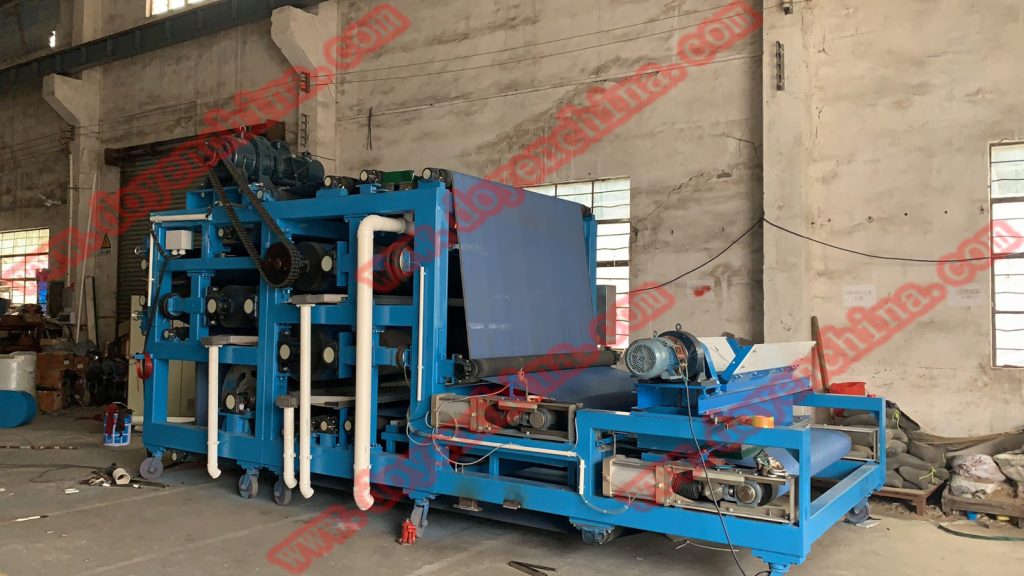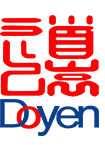

Tel:
+86-757-8633-0278
Email:doyen@doyenchina.com
Fax:+86-757-86287390
Address:Room 201, Building No. 24, Yicui Rose Garden, No. 2, Jihua 7 Road, Chancheng District, Foshan City, Guangdong Province, China 528000.
The sewage in the inner cone, that is, the downward flow convective contact oxidation biological filtration zone (zone 1), after the first stage treatment, continues to descend under the action of gravity, and enters the diversion sedimentation pumpless sludge return zone (zone 2). Under the action of the plate, and with the aid of the downward gravity of the fluid, the sludge heavier than water sinks to the bottom of the cone.
The sludge at the bottom of the cone is pressed into the cone bottom sludge pipe under the action of the upper water pressure and discharged to the sewage. Mud trough flows to the sludge drying tank. After the sludge flows to the drying tank, the supernatant and the waste liquid discharged during the drying process of the sludge pass through the sludge tank, return to the front end of the sewage treatment tank, and enter the anaerobic tank or hydrolytic acidification tank for denitrification.
After the sludge is disinfected and dried, it is transported out for treatment. After the sewage is settled by the diversion and the muddy water is separated, the separated water enters the outer cone, that is, the upward flow aeration biological filtration zone (three zones) under the action of the baffle, for upward flow aeration biological filtration treatment. In this way, the settling and separation of sewage in the sewage treatment tank of the diversion aerated biological filtration method is in the pump-less sludge return zone (the second zone) to comprehensively complete the second-stage treatment process.

The sewage is settling and separating in the lower part of the pump-less sludge return zone (the second zone). After the second-stage treatment, the sewage is buffered by the outer cone under the action of the deflector, and flows from bottom to top together with the air. The interstices of the filter material rise tortuously, and fully contact the sewage and the biofilm attached on the surface of the filter material. Under aerobic conditions, a gas, liquid and solid three-phase reaction occurs. Since the biofilm is attached to the filter material, it is not restricted by the age of mud Therefore, the variety is abundant, which is very beneficial to the degradation of pollutants. Pollutants are adsorbed and intercepted on the surface of the filter material, serving as a nutrient substrate for degrading bacteria, accelerating the formation of biofilm by the degrading bacteria, and the biofilm further “captures” the matrix to assimilate, metabolize, and degrade it.
In the combined treatment of carbon oxidation and nitrification, the concentration of organic pollution in the filter layer near the lower water inlet of the outer cone is high, and the heterotrophic flora is absolutely dominant, and most of the carbon-containing pollutants (CODcr) BOD5 and SS are degraded here And removal, the concentration gradually decreases. The autotrophic bacteria in the upper part of the outer cone, such as nitrifying bacteria, dominate, and ammonia nitrogen is nitrified. Facultative microorganisms exist in the accumulated activated sludge inside the biofilm and the gaps between some fillers.
Therefore, the removal of carbon pollutants can occur in the outer cone, as well as the functions of nitrification and denitrification. In addition to the adsorption and interception of granular filter materials and biofilms, they also have the function of filtering. As the treatment progresses, a large amount of activated sludge is accumulated in the gaps of the filter material, and these suspended activated sludges are formed in the gaps of the filter material.
The sludge filter layer, while oxidizing and degrading the organic matter in the sewage, also plays a good role in adsorption and filtration, so that the organic matter and suspended matter are removed more thoroughly, and then the sewage is in the diversion and aerated biological filtration method. The outer cone of the treatment tank, that is, the upward-flow aeration biological filter zone, more thoroughly realizes the third-stage sewage treatment Zhucheng Guoyi light industry process.

The denitrification of the sewage treatment tank by the diversion biological aerated filtration method is based on the conversion of organic nitrogen into ammonia nitrogen. In the sewage treatment tank through the diversion biological aeration filtration method, there are facultative microorganisms in the accumulated activated sludge. , Carbon pollutants can be removed, and nitrifying and denitrifying bacteria can be used at the same time to convert ammonia nitrogen into nitrite and nitrate nitrogen through nitrification, and then denitrification to convert nitrate nitrogen into ammonia gas, thereby achieving The purpose of removing nitrogen from wastewater.

The dephosphorization of the diversion aerated biological filtration method is that under the front-end anaerobic conditions, the phosphorus-accumulating bacteria convert the organic phosphorus in its cells into inorganic phosphorus and release it, and use the energy generated in the process to absorb the dissolution of wastewater Synthesize PHB of organic substances, so that the inner cone of the sewage treatment tank of the diversion aerated biological filtration method, that is, the downward flow convection contact oxidation biological filter zone, and the outer cone, that is the upward flow aerated biological filter zone aerobic Under conditions, the phosphorous accumulating bacteria degrade PHB to provide the energy needed to absorb phosphorus from the waste water.
After the phosphorus accumulating function is completed, it will sink together with the sludge to the bottom of the diversion settlement pumpless sludge return zone.
The sludge sinking at the bottom contains a high concentration of phosphorus. Because the high concentration of phosphorus-containing sludge is discharged from the tank through the pumpless sludge discharge pipe under the action of the upper water pressure, it flows into the sludge drying tank, and then 80-90% of the phosphorus contained in the dried sludge is transported and treated with the dried sludge, so as to achieve the removal of phosphorus. The other part of phosphorus flows back to the front end of the sewage treatment tank along with the supernatant liquid in the drying tank and the waste liquid in the sludge drying process, and enters the anaerobic tank for release for denitrification.
Doyen specializes in providing belt press equipment for the Southeast Asian market. Welcome to visit our workshop and formulate a more scientific plan based on the actual situation of your company. Welcome to visit joyce@doyenchina.com or visit https://www.doyenchina.com.
Dec-18-2020
admin

 +86-757-8633-0278
+86-757-8633-0278 doyen@doyenchina.com
doyen@doyenchina.com Sitemap
Sitemap